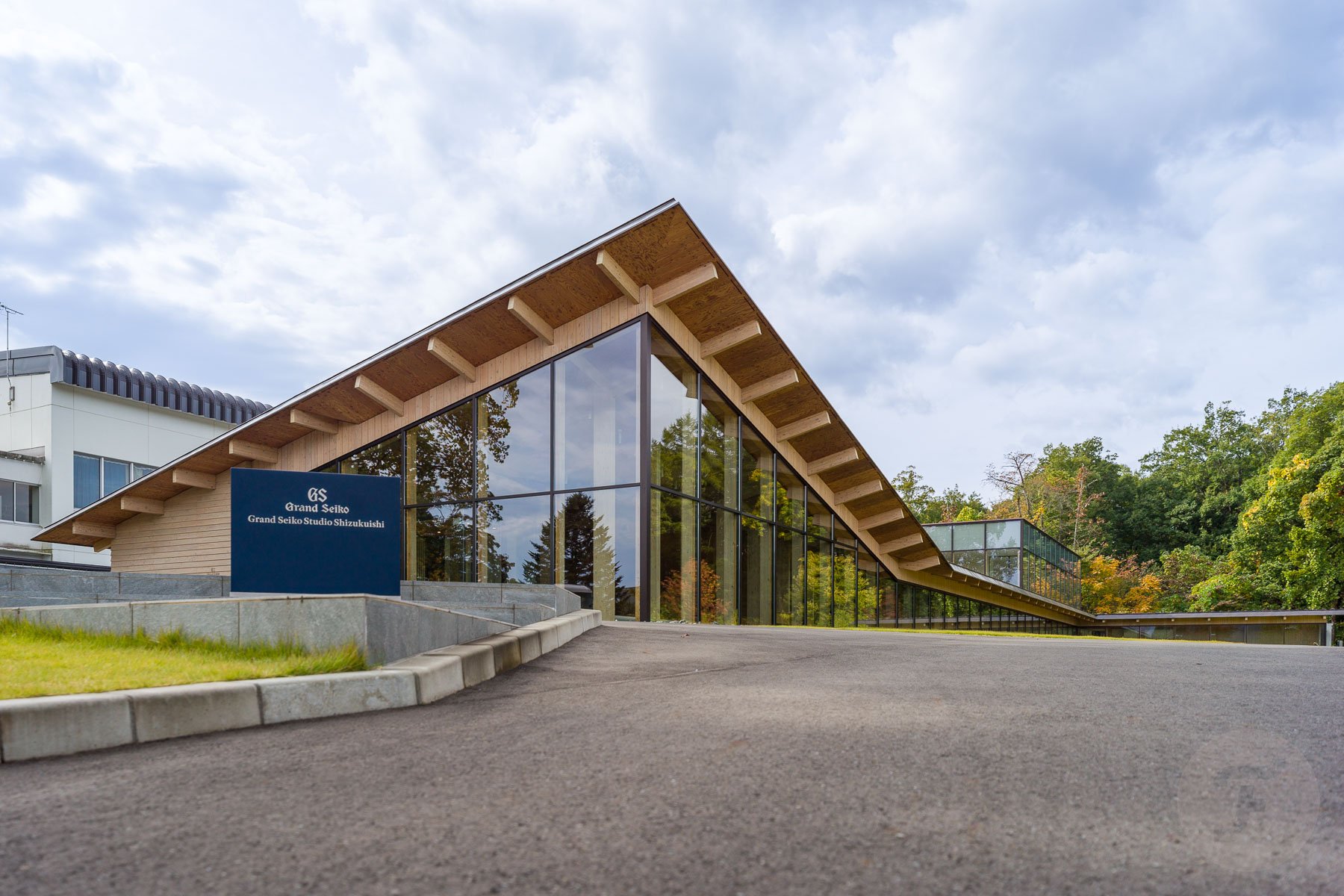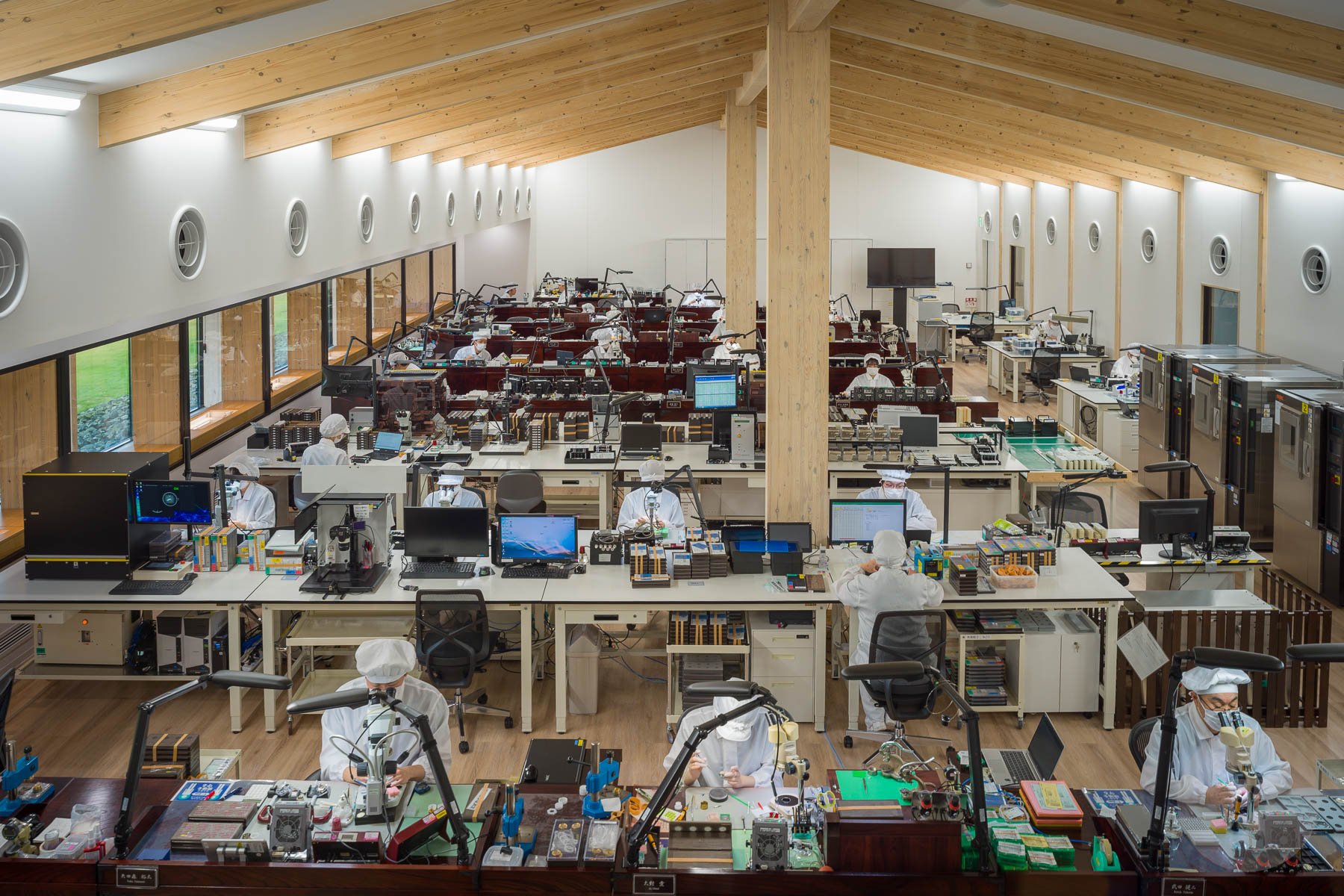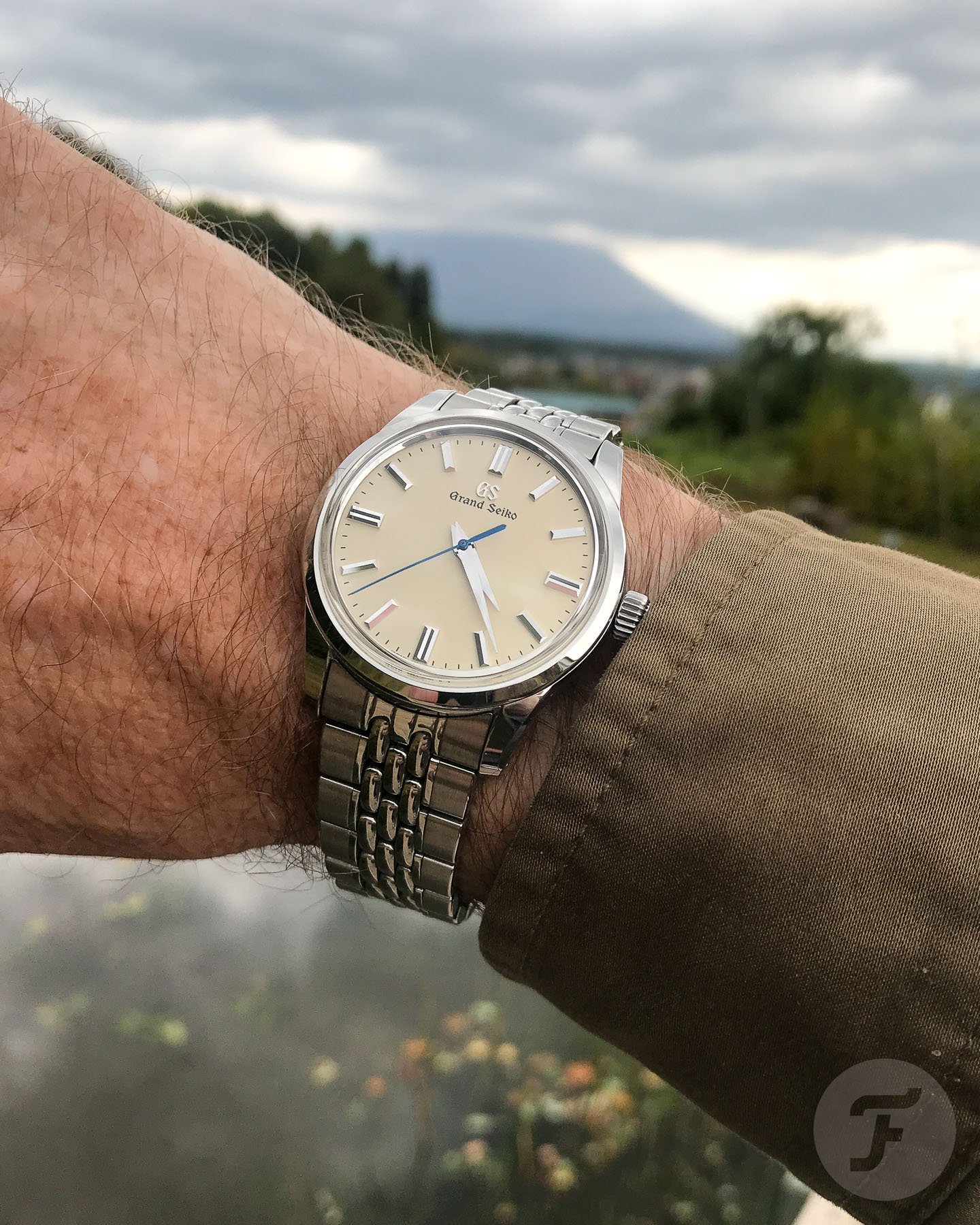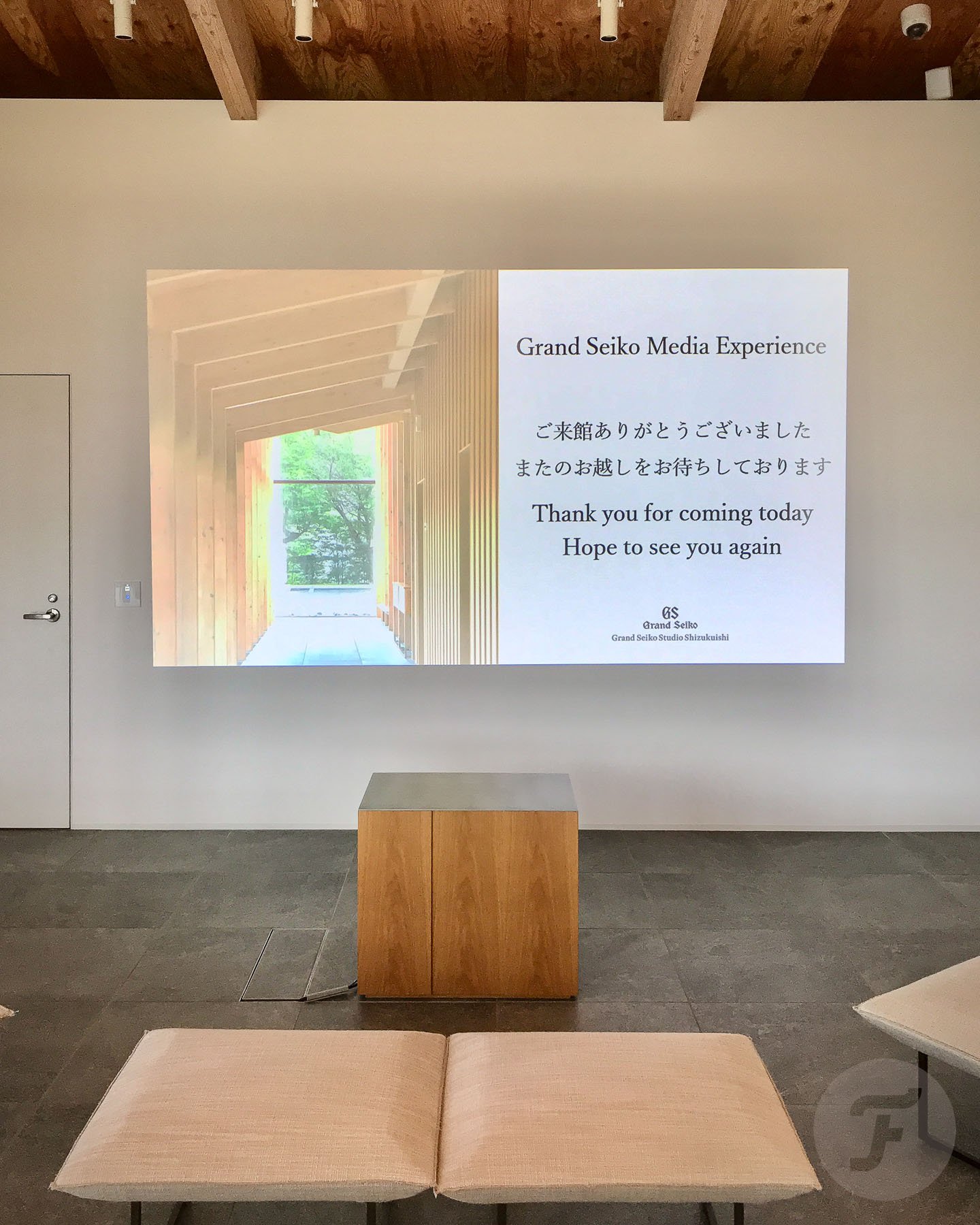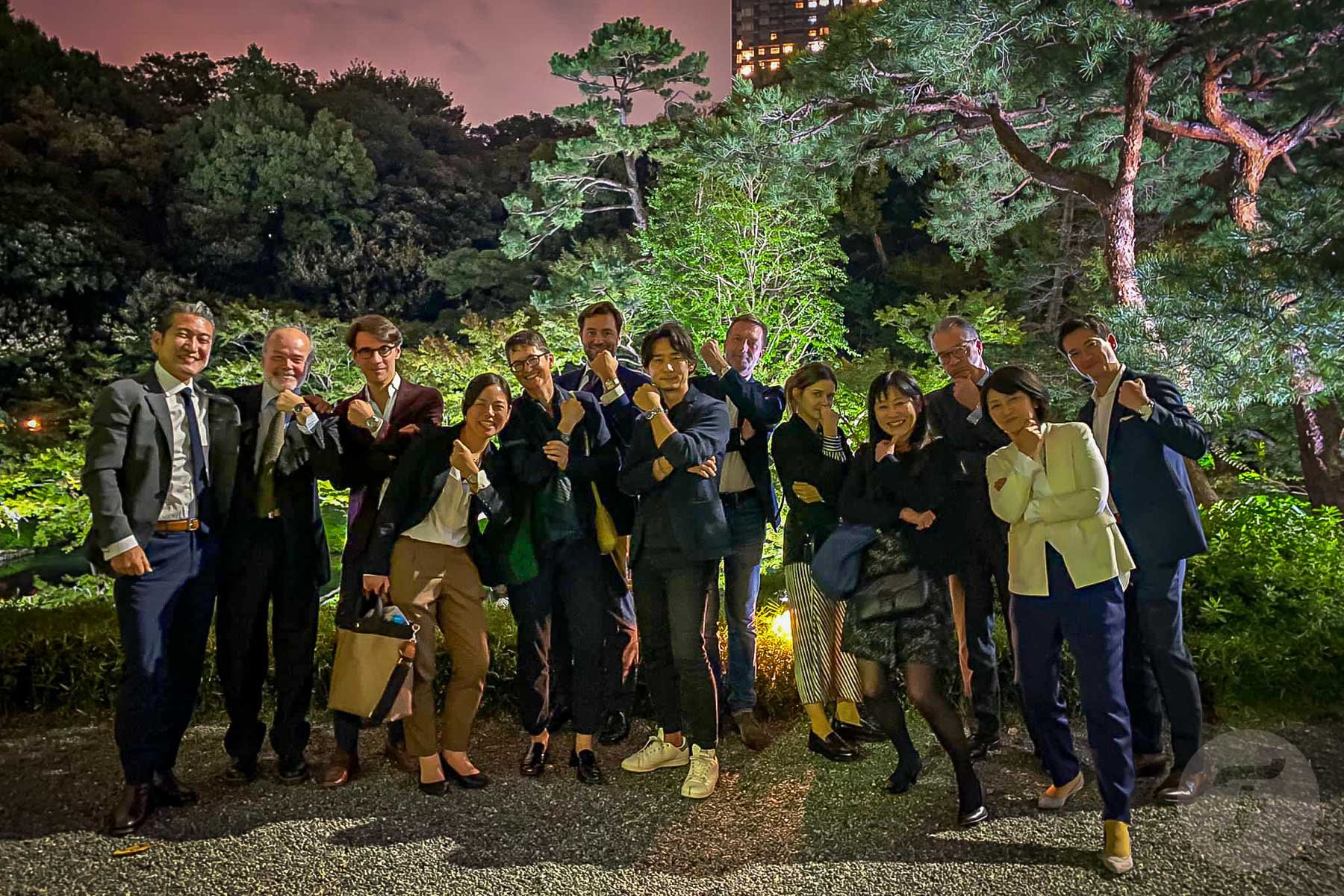Grand Seiko Media Experience Tour 2023 In Japan — Part 2
Welcome to Part 2 of my mini-series on the October 2023 Grand Seiko Media Experience Tour in Japan. After visiting the Seiko House Ginza and the Seiko Museum in Tokyo, Part 1 of this was about producing Grand Seiko’s 9F quartz and 9R Spring Drive calibers. Part 2 will explain more about the production of Grand Seiko’s 9S automatic and mechanical calibers. Plus, it will show some more of Japan’s beautiful culture, heritage, and — for Westerners — sometimes weird habits.
Let me start with where I ended Part 1 — taking the Shinkansen. From the Shinshu Watch Studio in Shiojiri, it was a short bus ride to Nagano Station, where we took a bullet train to Omiya, a suburb of Tokyo. We then switched to the Hayabusa, the fastest Shinkansen in Japan, which brought us to Morioka in the northern prefecture of Iwate in less than two hours. There, a 15km drive east of Morioka, the Grand Seiko Studio Shizukuishi awaited us the next day.
Grand Seiko Media Experience Tour
Morioka immediately felt more like an easy-going country town compared to bustling Tokyo. I already got that impression from Suwa and Nagano in eastern Japan, but there wasn’t much time to explore those cities. We had a pleasant evening stroll in Morioka, the city of green and rivers, which suitably prepared us for our next destination, the Grand Seiko Studio Shizukuishi.
I don’t want to get too philosophical, but most people accept that there’s a difference in feeling between electronic and mechanical watches. I noticed a similar difference regarding where Grand Seiko produces its quartz and Spring Drive models versus its mechanical ones. That starts with the area. I found Iwate Prefecture more down to earth and connected to nature than Tokyo or Nagano. And that continued with the Grand Seiko premises where the watches are made. The vast 600-employee Seiko-Epson plant in Shiojiri breathes a 1970s industrial atmosphere, whereas the wooden structure of Studio Shizukuishi, surrounded by nature and overlooking Mt. Iwate, leaves a more peaceful and connected impression.
The Nature Of Time
One of Grand Seiko’s slogans defines the carefully constructed environment of Studio Shizukuish very well. This atelier is where master craftspeople — or takumi in Japanese — inspired by the nature surrounding them, produce all Grand Seiko mechanical watches. It’s the home of the philosophy of “The Nature Of Time.” Seasonal changes play a significant cultural and symbolic role in Japan, influencing traditional festivals, cuisine, and various aspects of daily life. Because Studio Shizukuishi is so connected to nature, I wonder how the seasonal changes affect the production of Grand Seiko watches.
Takumi — たくみ in hiragana or 匠 in kanji — is an interesting and important word in Japan. Its meaning varies and is very comprehensive. As mentioned, it refers to master craftsmen and craftswomen, but its meaning goes deeper. There’s a nuance of “artisan,” “craft,” and “skill.” When I heard Japanese people use “takumi,” I always had to think of devotion and pride.
Watches in the making
Studio Shizukuishi appeals to the imagination when it comes to watchmaking. When I think of a watchmaking atelier, I envision many watchmakers and artisans in long white coats, concentrated on their work. And that’s precisely what we see here. One must realize that what we can see at Studio Shizukuishi is mainly assembly, fine finishing of parts, and testing. Grand Seiko doesn’t show the production of the many parts that comprise the 9S calibers. Most of that is done on the same premises in different buildings. Understandably, the often polluting production processes are separated from the sterile assembly of watches.
Here, the connection between human craftsmanship and nature is present everywhere. Most operations are performed in a large room, where you can almost feel the dedication of individual watchmakers. The room has plenty of soft, even lighting, and everyone can see nature outside and Mt. Iwate in the distance. There is a beautiful garden outside to relax and enjoy, but inside the Studio Shizukuishi building, there’s a lot of relaxing space to sit and talk as well. Even here, the view of nature outside is never far away. A nice feature is a general-purpose watchmaker’s bench. Visitors can sit here and feel what it’s like to have Mt. Iwate over one shoulder while gazing at parts through a microscope.
The result
This lack of industrialism, connection with nature, and a spirit of “takumi” results in a watch with a soul. It might not even be visible, but there is a difference between man-made perfection and perfection obtained by a machine. Many of us know the attraction of a Grand Seiko watch, and it may be difficult to explain. But this is it — the love and dedication of the Grand Seiko watchmakers who put their craftmanship, Japanese pride, and culture into their work.
Bringing my Grand Seiko Heritage SBGW235 back to where it was born was a good choice. The SBGW235, with its delicate stainless steel beads-of-rice bracelet, was a Japanese Domestic Market model and was discontinued. However, during our tour through the Studio Shizukuishi building, I suddenly spotted a similar watch with the same bracelet. I found out that it was the SBGW305 that was to debut a few weeks later. It would be the first internationally available model with the same fabulous bracelet as the SBGW235.
The end of Studio Shizukuishi tour
Grand Seiko knows the importance of Japanese culture for the brand and its products. That is why this Media Experience Tour not only focused on visiting production facilities but also covered several aspects of Japan’s history and culture. This approach made the Grand Seiko tour different from most other tours and visits I’ve experienced before. To be honest, it was more complete and exciting as well. As Fratello is a watch publication, I won’t go too deep into the additional activities, but I will mention a few. At the end of the article, I’ll also put a picture gallery showing a few typical Japanese sights and habits.
We had lunch at Azumaya Honten, a typical Japanese “all-the-soba-noodles-you-can-eat-in-15-minutes” restaurant.
We also paid a visit to the traditional Namshoso house and garden. It was built as a residence by a businessman from Morioka around 1880. Note the dark red wooden floor, which inspired the dial of the Grand Seiko SBGJ273.
And not to be missed was a visit to the current production facility of Kikunotsukasa, Japan’s oldest sake brewery. Of course, the company didn’t start in this modern and sterile factory.
Conclusion: more than meets the eye
This Grand Seiko Media Experience Tour 2023 concluded where it started, at Seiko’s Ginza House in Tokyo. During the last day, there was time for interviews with Grand Seiko’s management and leading designers. Then, in the evening, we went our separate ways after a farewell dinner. After this tour, I understand Grand Seiko better than I did before. I already had a lot of respect for the brand’s watches, but there is more than meets the eye. Grand Seiko has the difficult task of clarifying that its watches stem from a deeply rooted philosophy, not so much from an industrial point of view but often from habits and attitudes within the unique Japanese culture. This approach leads to perfectly crafted watches that can withstand any comparison in their league. However, none of the competitors can offer the unique background that Grand Seiko watches can claim.


